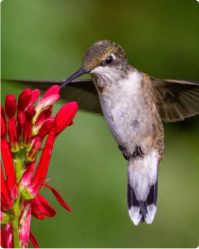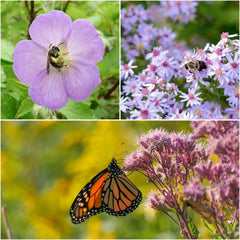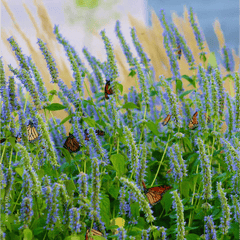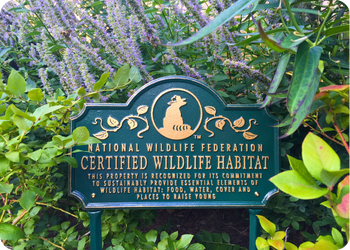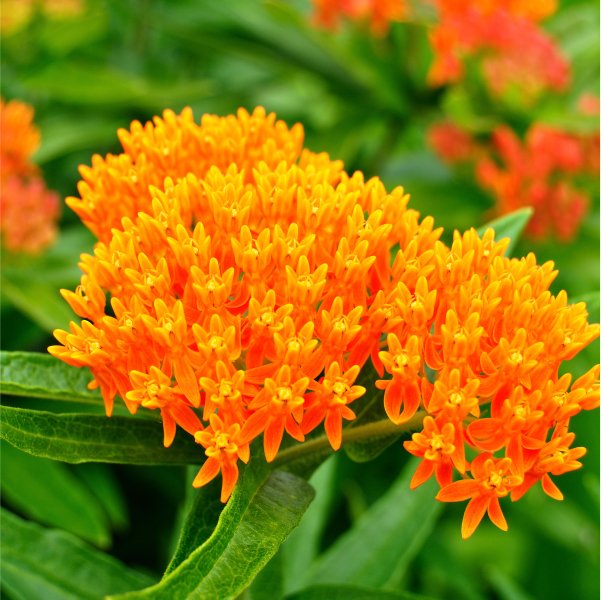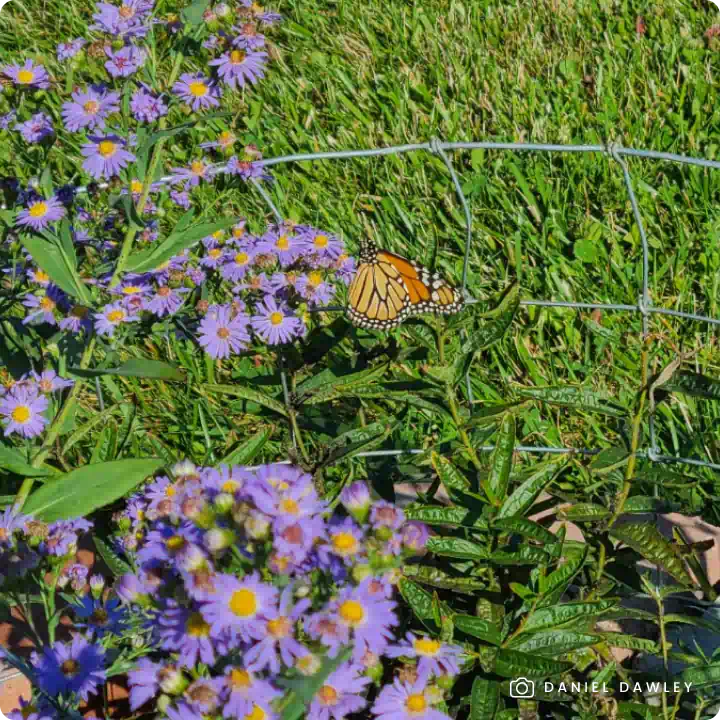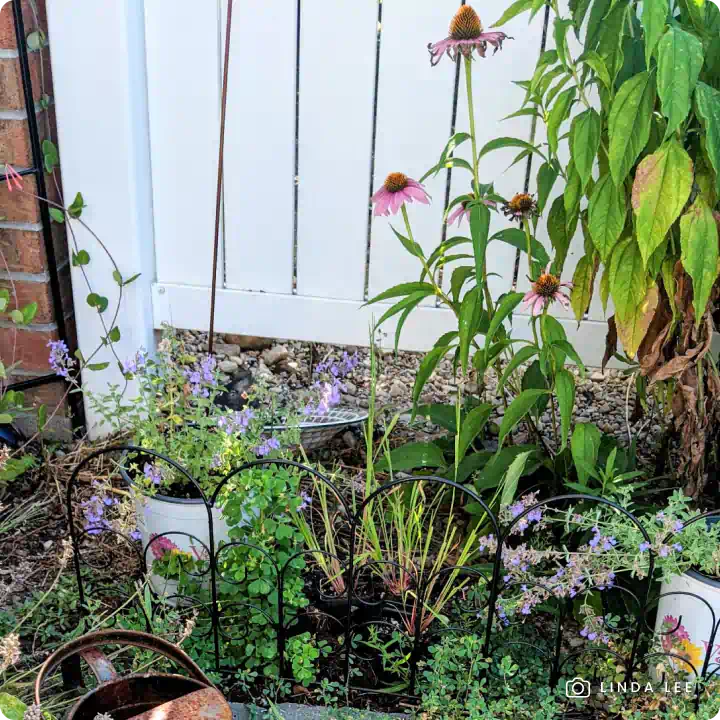American Beautyberry (Callicarpa americana) is a native deciduous shrub known for its striking arching branches and vibrant fall colors. Perfect for a shrub border or wildlife garden, it adds stunning visual interest as its leaves turn chartreuse and clusters of bright purple fruit form along its stems in the autumn.
Key Benefits:
- Pollinator and Wildlife Friendly: Grown non-GMO and free of harmful neonicotinoids, this shrub supports a healthy ecosystem for birds, butterflies, and other important pollinators.
- Seasonal Beauty: Blooms from late spring to late summer, providing continuous visual appeal and ecological benefits.
- Low Maintenance: Requires less water once established and thrives without the need for chemical treatments, making it a sustainable choice for your garden.
- Versatile Growth Conditions: Ideal for areas with sun or part shade, adapting well to various light conditions.
Why Choose American Beautyberry?
American Beautyberry is not just a beautiful addition to your garden; it's also a powerhouse for supporting local wildlife. The bright purple berries are a favorite food source for birds, while the blooms attract butterflies and other pollinators, contributing to a vibrant and biodiverse garden.
Planting Tips:
- Location: Select a sunny or partly shaded area with well-drained soil.
- Watering: Water regularly during the first growing season to establish deep roots. Once established, the plant is drought-tolerant and requires minimal watering.
- Maintenance: Minimal care required. If desired, prune in late winter or early spring before new growth begins to shape the shrub and remove any dead or damaged branches.
For more information on planting, view our How to Plant Your Native Plants guide and other planting tips in the Garden for Wildlife Learning Center.
Enhance your garden's beauty and ecological value with the American Beautyberry. This resilient shrub not only adds color and structure to your landscape but also plays a vital role in supporting local wildlife.
This plant is similar to American Hazelnut, Red Chokeberry, and Spicebush.


